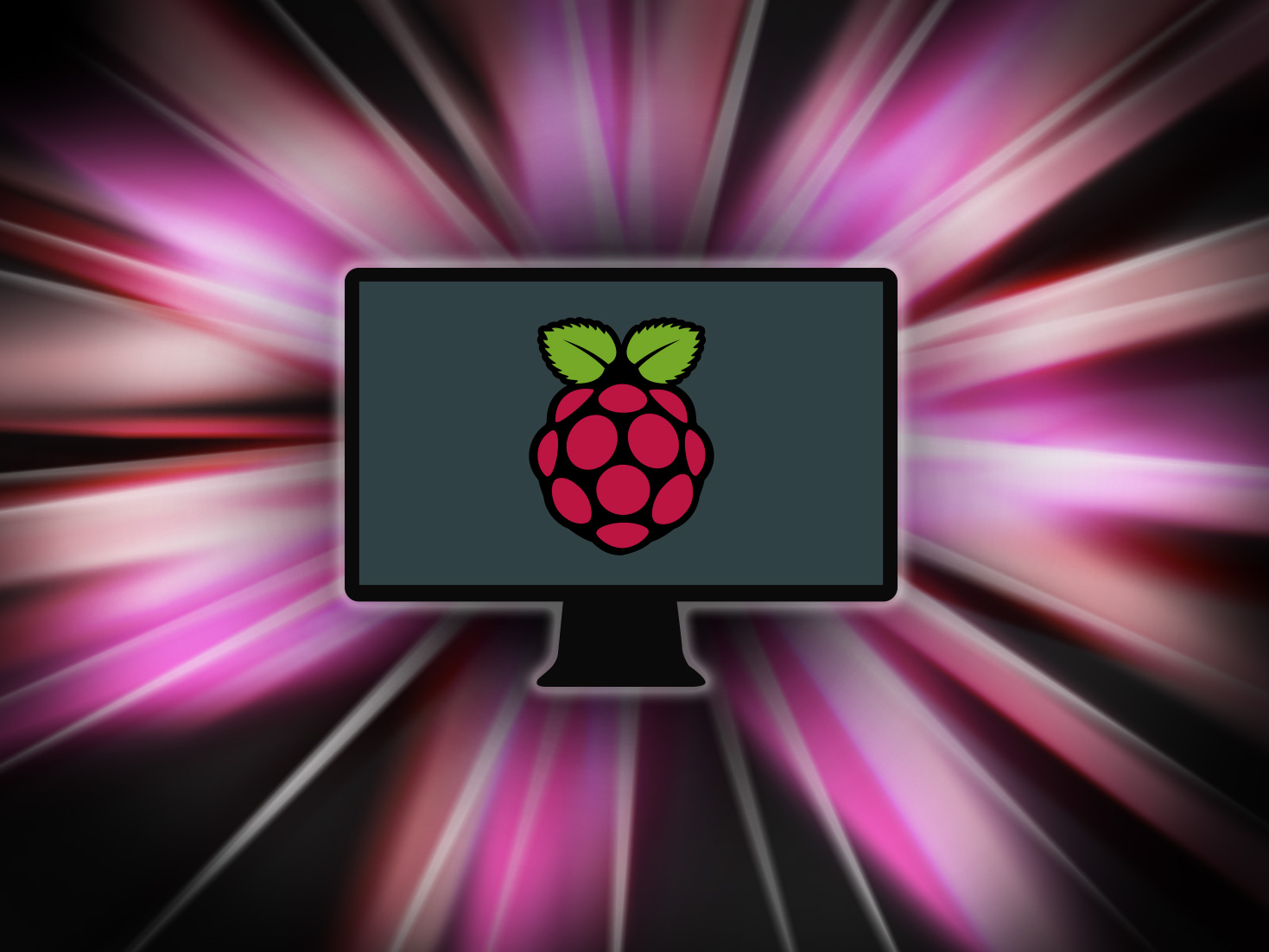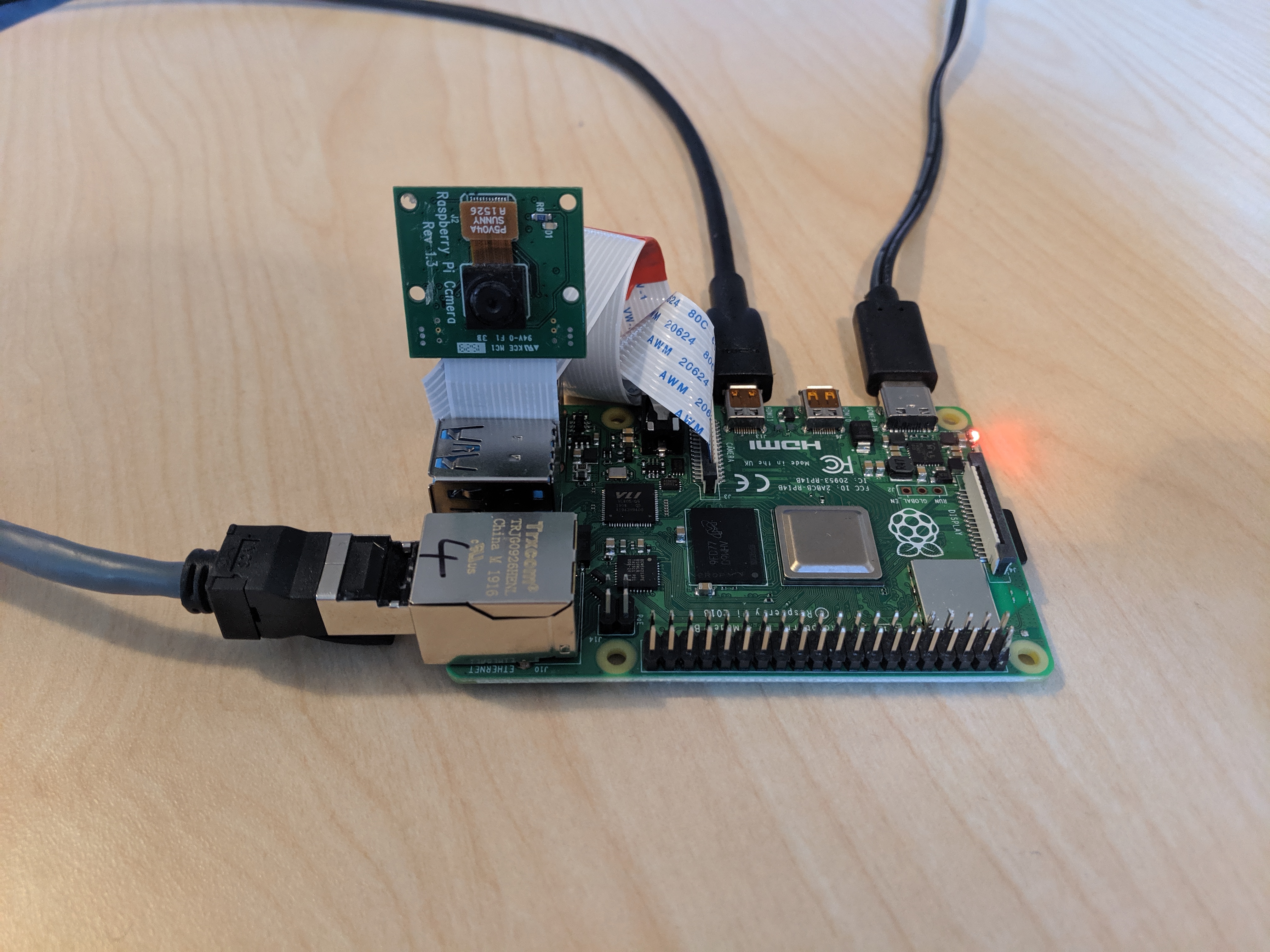
What’s included in this blog?
Blog Contents:
How are IoT and Connectivity changing?
Tech for making home IoT projects
The Internet of Things – or IoT – has grown considerably over the last few years. As computer chips have become more accessible alongside the wider coverage of Wi-Fi and mobile networks, practically anything can be hooked up to be part of the IoT. All you need to do is integrate the right technology into a device and you’re all set.
Because of this, we’re gradually seeing the physical and digital worlds sync up into a single entity, where even everyday items have a digital facet to them. IoT devices can offer us greater control over our surroundings and more information which we can then utilise in our daily lives.
As the public can now easily get a hold of the components required to create IoT devices, coding hobbyists have even more projects they can try out with a greater degree of interconnectivity. Making use of versatile tech like ROCK and Arduino combined with the right hardware can open up a world of possibilities – but just what are those new possibilities?
How are IoT and Connectivity changing?
A growing global network
Since the advent of the Internet of Things back between 2008 and 2009, we now have billions of devices from around the world that are connected to the internet. Every year, even more devices get added to the ever-expanding IoT which is set to crest 30 billion IoT-connected devices within the next 5 years.
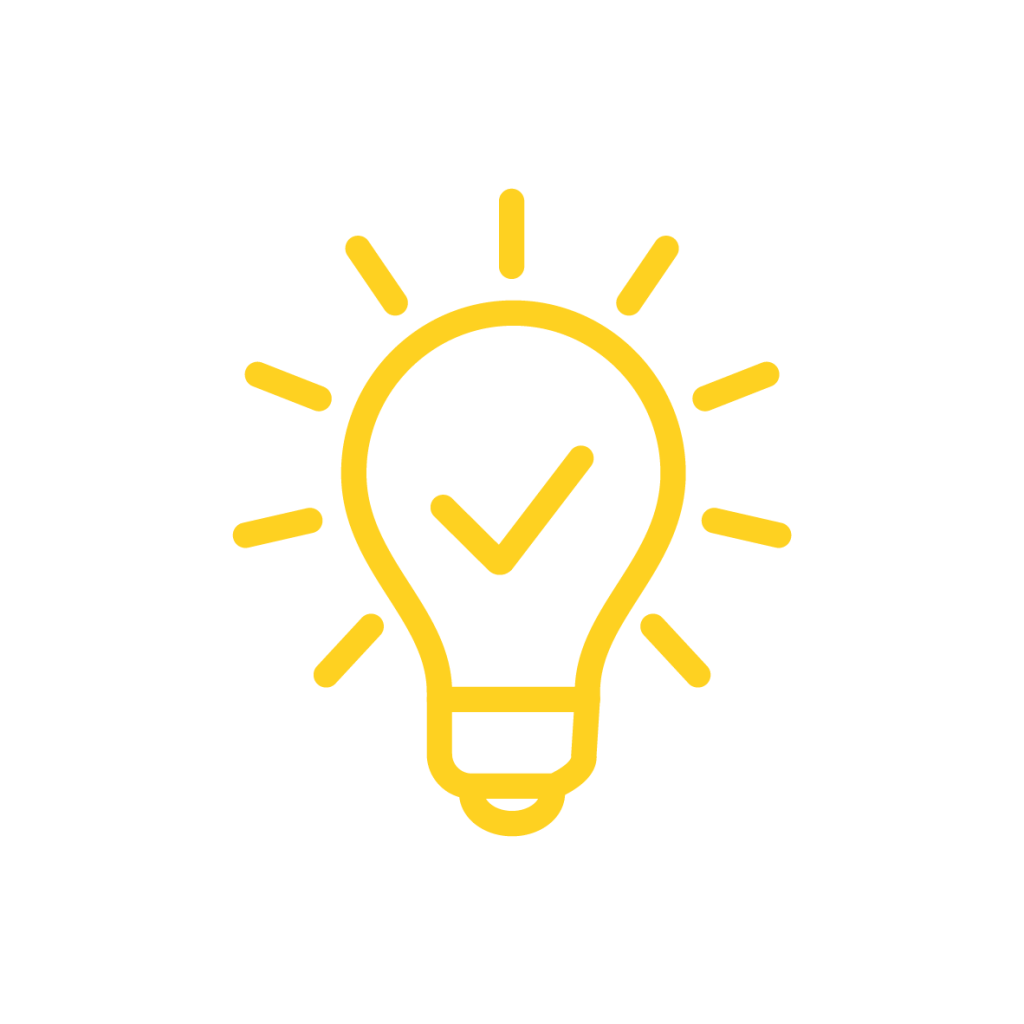
Although the term Internet of Things is considered to be fairly new, the idea behind connected devices was born in the 70s. Around that time, the term was often called “embedded internet” or “pervasive computing”. The actual term “Internet of Things” was coined by Kevin Ashton in 1999 during his work at Procter&Gamble.
Businesses are adding computing capabilities to their products so they can be controlled via apps or hubs. Hobbyists can customise tech to allow for remote access or create their own devices from scratch. The power of IoT is becoming easier to harness by anyone who wants to use it, with more commercially available IoT devices and more resources than ever before on how to build your own IoT devices.
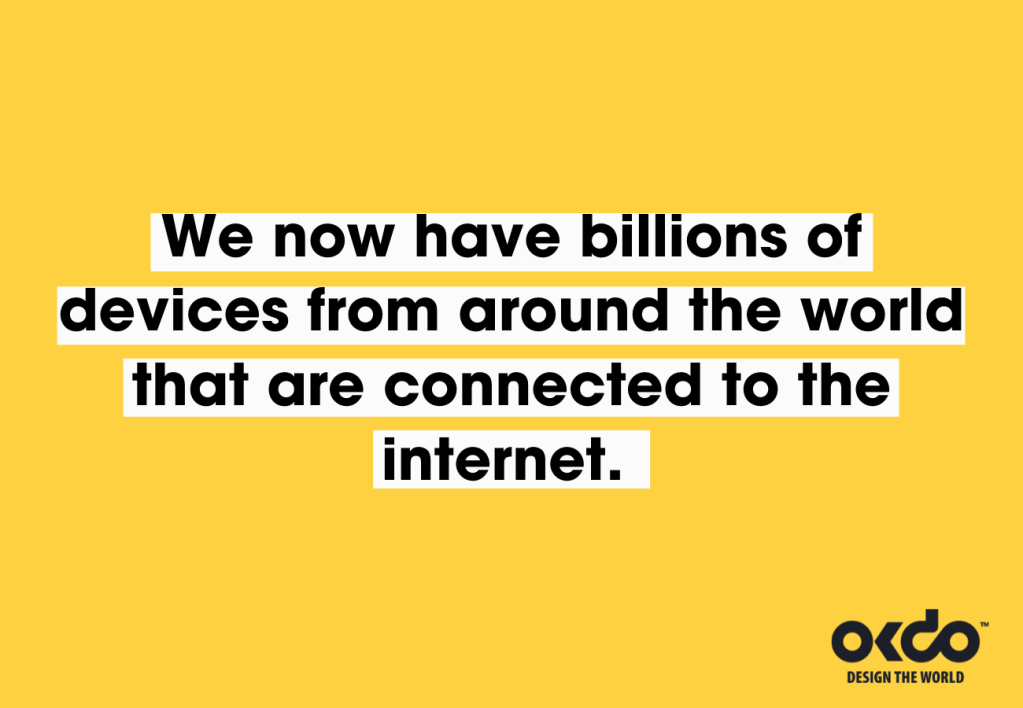
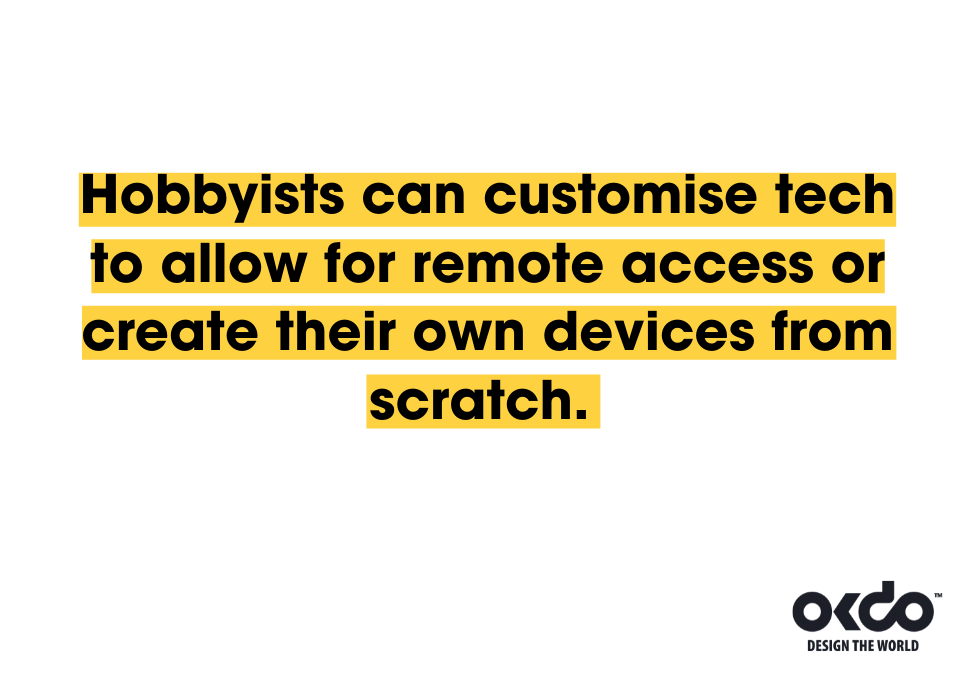
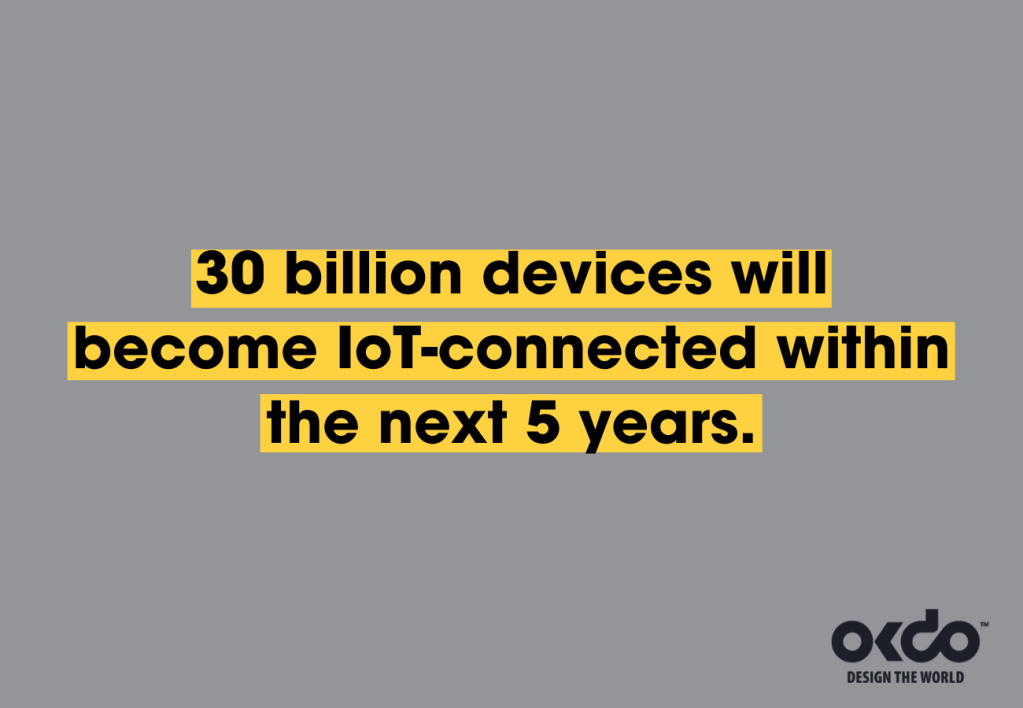
Everything is a computer
As the tech required for internet connectivity has become easier to integrate, the limitations on what can become an IoT device have been greatly reduced. More everyday household items can become part of the Internet of Things with the simple inclusion of a computer chip and Wi-Fi connectivity.
Our coffee machines, washing machines, and even our fridges can be controlled remotely and even think for themselves to an extent. Smart fridges can detect when you’re running low on certain items and suggest ordering more via a notification.



Adding in the right connectivity to these physical devices gives them an element of digital intelligence and connectivity, collecting and processing real-time data which can then be turned into useful outputs. They can learn our routines and act upon this information to make our lives easier.
All controlled from your phone
As smartphones have become ubiquitous within the modern world, it makes sense that they are used prevalently within coding projects. They provide a simple way of controlling your projects without needing to invest in specialist equipment.
When IoT devices are used at scale, especially within industrial or commercial settings, many will look at how to connect Raspberry Pi to IoT hubs in order to control multiple devices from the same central command centre. However, we can also see this being used in our homes now as well.
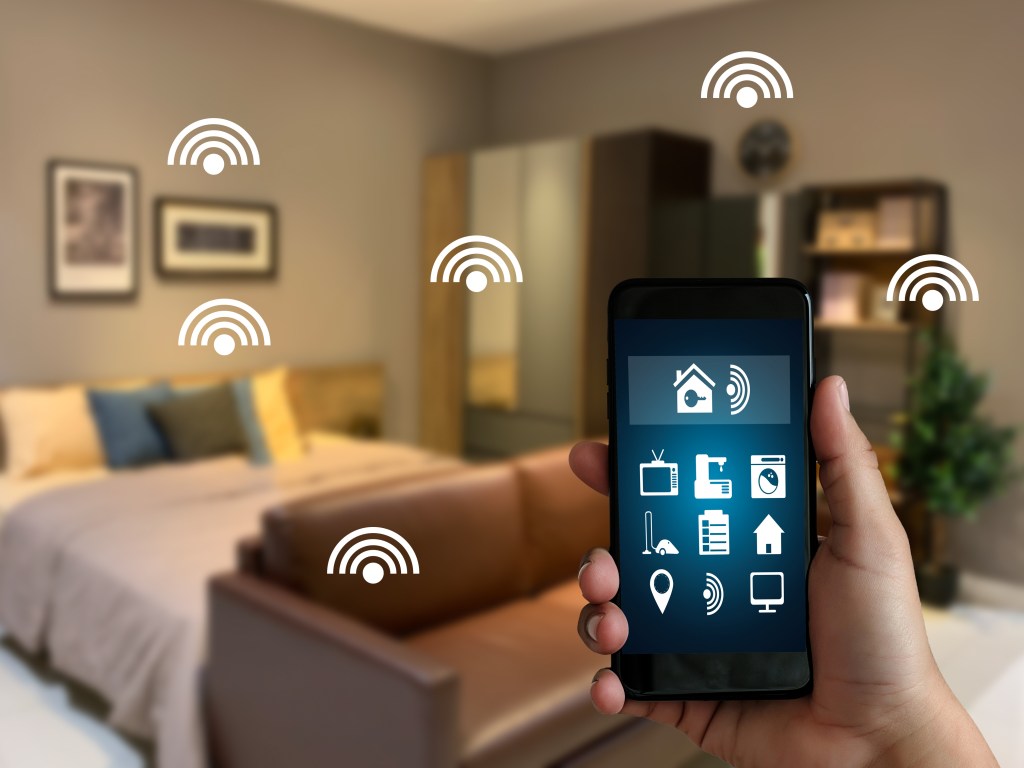

There has also been an increased uptake of smart home hubs like the Amazon Alexa, which is an IoT device itself and can act as an IoT hub for controlling lots of other devices in your home. When you tell Alexa what you want to do, it controls the signals between itself and the other IoT device to perform the necessary action.
This means that if you have an Amazon device with Alexa in your home already, you can create voice-controlled devices by integrating the right software into your project. Google has similar capabilities with its smart hub products, with plenty of other tech brands having their own offering if you have a personal preference.
Tech for making home IoT projects
Two popular devices which have made coding and creating your own IoT products considerably easier are:
Both can be programmed to make use of external hardware compatible with each board, turning them into fantastic IoT machines.
The applications of each can be tailored in practically countless ways, provided you have the know-how for coding and building in the required components. Some projects require a more in-depth level of programming languages, while others can be mapped using readily available code online.
Read our blog about microcontrollers vs single-board computers to discover a few key differences between the two devices.
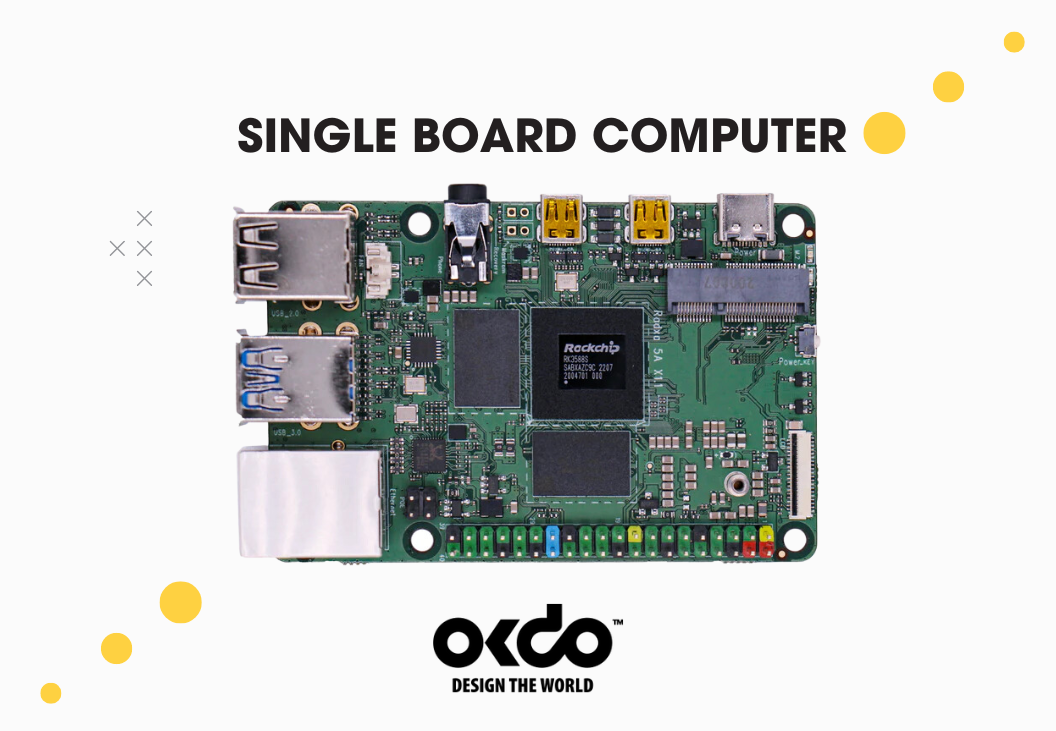
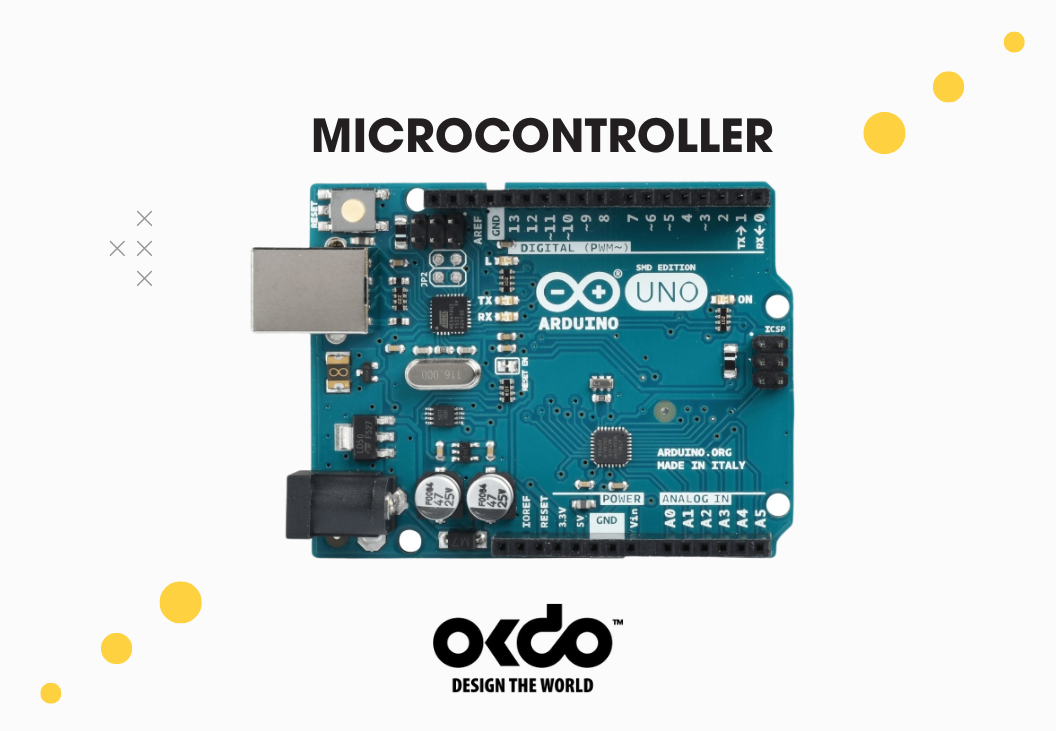
With the extensive number of sensors and accessories which can be added to these boards, connecting anything to everything can seem like a great idea so you can control key parts of your home at the touch of a button.
IoT projects you can try yourself
Home automation projects
Who doesn’t love a bit of home automation! Being able to monitor things within your home and control them remotely can give you peace of mind or just be handy extra features to have.
IoT-based home automation using ROCK or Arduino can be instrumental in building your own voice-activated home system. There are options to use smart lightbulbs in your home as well, which you can turn on and off remotely. This can mean that you never have to get out of bed and check if you left them on ever again.

Taking into account smart locks, heating systems and even more options as well, you can create an interconnected network of home IoT devices to be as comfortable as possible. You could even build a smart energy monitor to keep a track of your energy usage and help keep your energy costs down.
Create a magic mirror to make your morning more efficient
Getting ready in the morning and looking your best can be a great mood booster. However, nothing is worse than not being prepared for what the weather will throw at you or rushing when running late.
Building a magic mirror can give you vital information about your day, like the current time, upcoming appointments and the weather outlook so you can be fully prepared for what the day might throw at you.
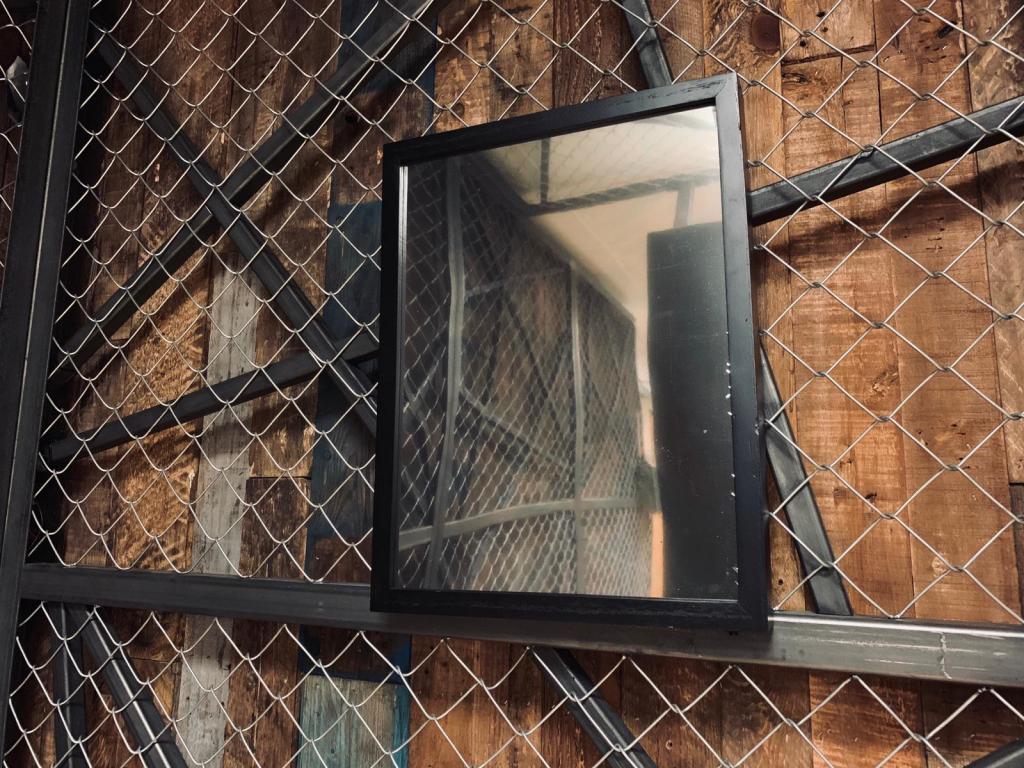
Prepare a streaming server
In the modern era of Twitch and other popular live-streaming platforms, creating a high-quality output is a must. Using a private streaming server can give you a greater degree of control over your stream than just the regular instant Livestream functions on some platforms.
Building your own dedicated streaming server can help you achieve this, as you can combine several streams into one then broadcast to multiple platforms can help you to reach a larger audience.
Check in on your pets and give them treats
No one likes being away from their pets for too long – whether that is because you miss them or you have suspicions they may get up to some mischief. With Raspberry Pi, you can build your own CCTV IoT device to create a live video feed of your home.
If you’ve been well-behaved and not torn up your living room, why not give them some food as a reward for being good? You can build a remote treat dispenser using Arduino that can pop a few of your pet’s favourite snacks into a bowl for them, as well as deliver a message from the in-built speaker.
Talk to your houseplants
We all like a little bit of greenery in our homes to brighten up living spaces. The difficult part is knowing what your plants need when they’re starting to look a little worse for wear. While you can’t have a conversation with your houseplants to find out what’s wrong, you can give them the ability to send you an email detailing what might be wrong.
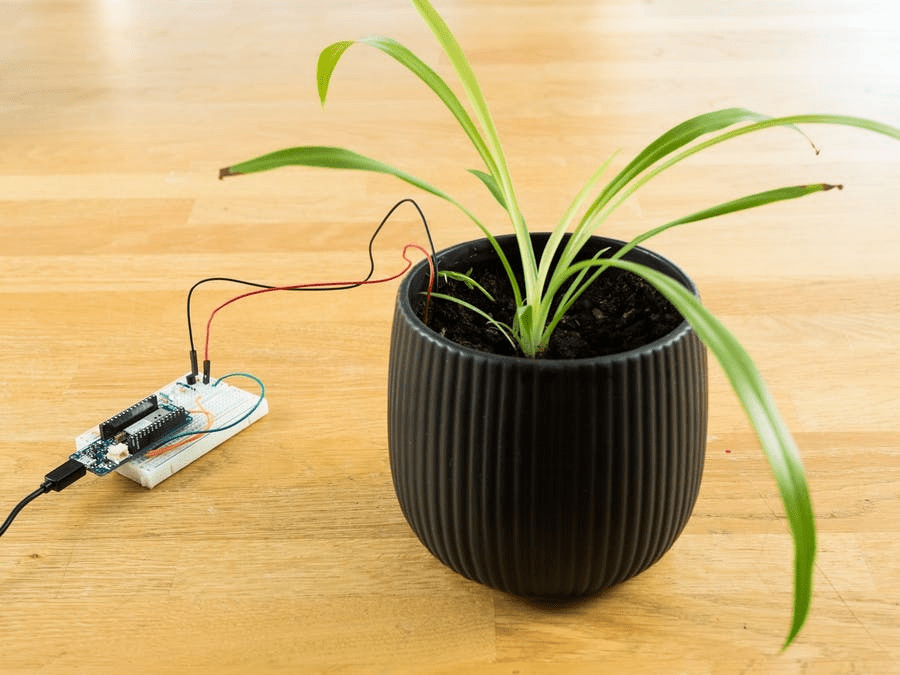
Creating a plant communicator can help both you and your plant understand what’s creating problems through using sensors to detect environmental issues. This makes use of an Arduino MKR IoT Bundle, which contains everything you need to complete projects like this and more.
Build your dream IoT device with OKdo
These are just a few of the different IoT projects you can create to help make your life more efficient and interesting. However, there are plenty more plans you can find to help you build practically anything you could want – or why not prototype your own creation with blueprints of your design?
Whatever you set your sights on creating and coding, you can pick up all the relevant equipment to make an Arduino or Raspberry Pi IoT project with OKdo. If you’re struggling to find certain components or would like some advice on what to buy, you can get in touch with our experts at support@okdo.com.
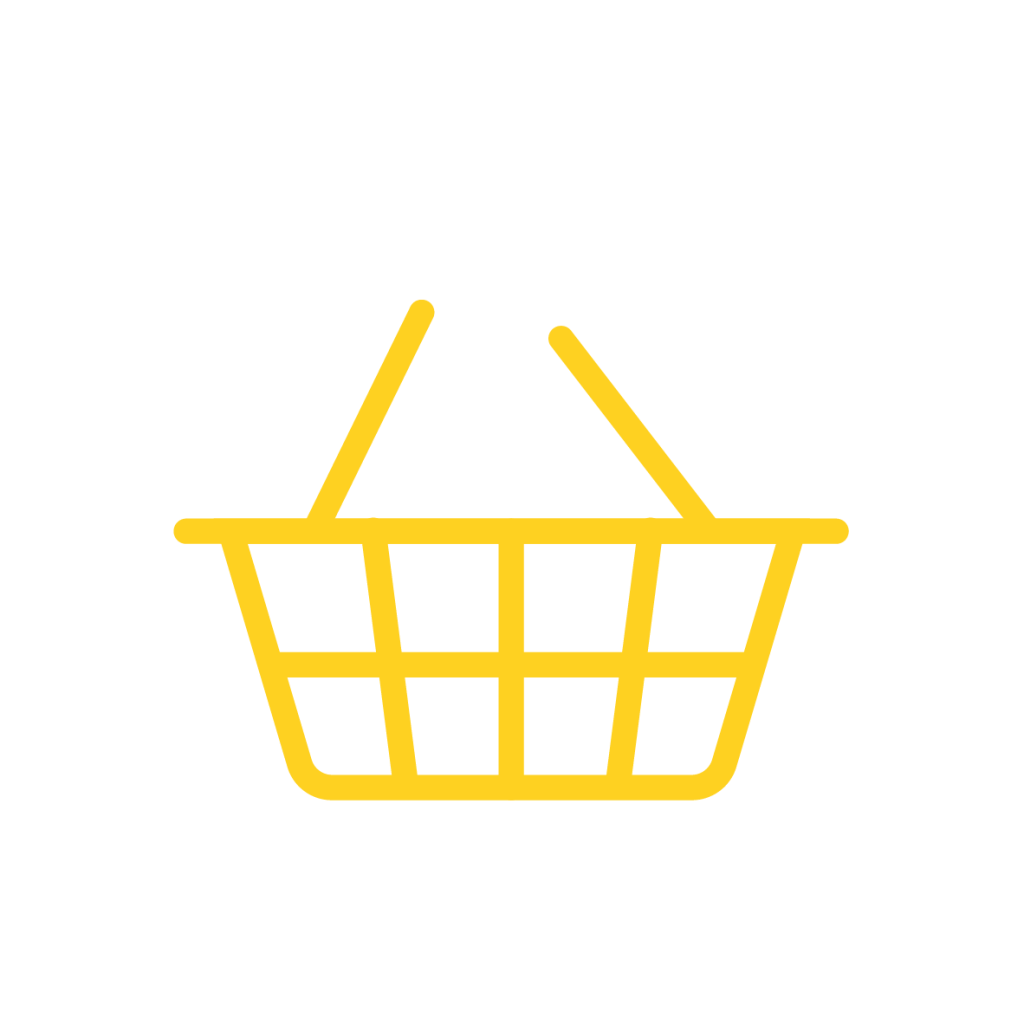
You’ll find IoT system components or other IoT parts here at OKdo. Why not have a browse around our IoT and Connectivity product range?
Excited to discover what other ROCK single-board computers, compute modules and accessories are coming next into our range? View more in our ROCK Shop, and find the perfect Raspberry Pi alternative. You no longer need to hunt for stock!
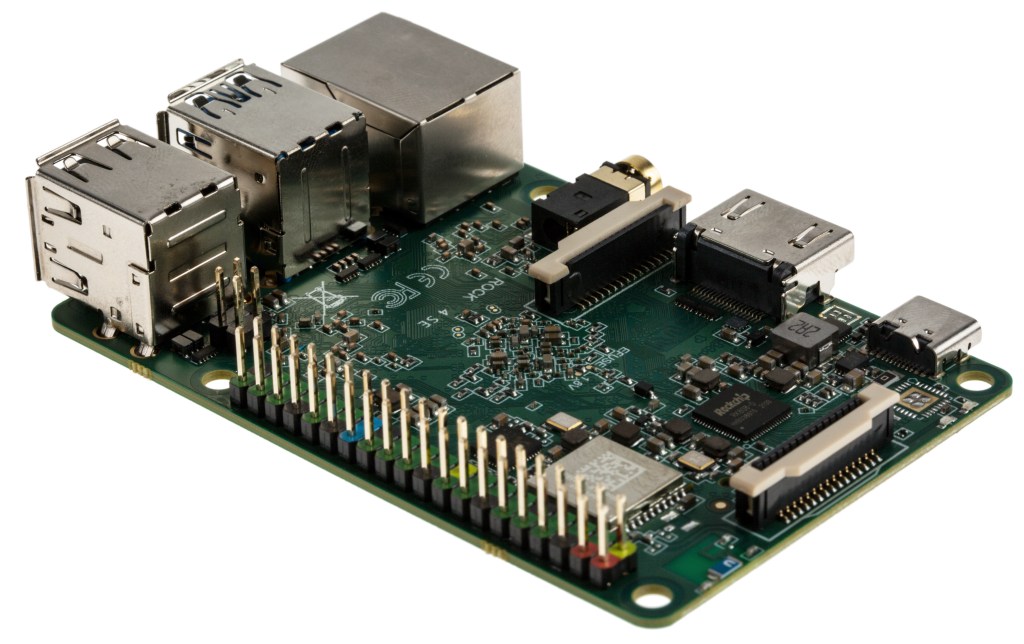
ROCK Shop


Let’s invent the future together
What’s your challenge? From augmented reality to machine learning and automation, send us your questions, problems or ideas… we have the solution to help you design the world. Get in touch today.
